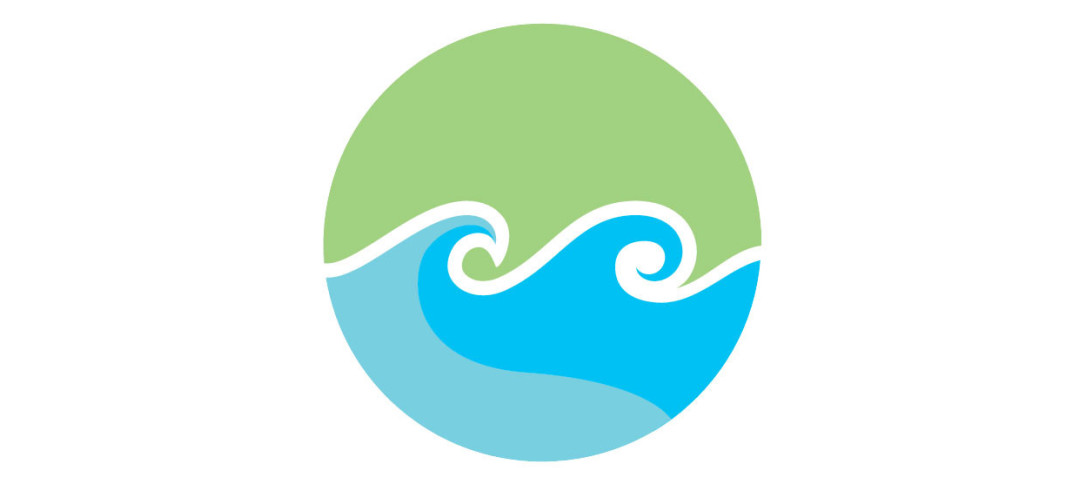
Abstract: For any offshore structure design, wave measurements are important. The wave records are commonly used to calibrate hindcast models, which are employed to derive metocean design criteria. In field measurement of waves, the traditional instruments are wave buoys or wave radars. Whilst widely used, a disadvantage of wave buoys is that they require expansive ship time for deployment and recovery. In contrast, the wave radar does not have these drawbacks, they are easy to be mounted to offshore platforms and they are simple to maintain. Existing literature illustrates the wave radar is capable of recording the water surface elevation in rogue water waves and random sea states (Christou and Ewans, 2014; Ewans et al., 2014b), but the performance of the wave radar is unclear when it encounters the breaking waves. Therefore, part of my research is numerically simulating the behaviour of the wave radar in breaking wave sea states to demonstrate how accurately it captures the water surface.